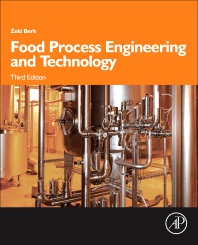Plant Sanitation
Top five ways to get your plant sanitation FSMA-ready
Although the final FSMA preventive controls and cGMP provisions may be more than a year away, now is the time to develop and apply requisite science-based food safety plans.

Extensive training in sanitation protocols and other quality standards are required and documented for all employees at GSC Packaging. Source: GSC Packaging.

At GSC, packaged products travel through a small opening to separate a secondary packaging area to limit the number of people in areas where food products are exposed. Source: GSC Packaging.

At GSC Packaging, the facility layout is designed to provide separate entrances for primary and secondary packaging employees to reduce the possibility of introducing contaminants. Source: GSC Packaging.

The leverage effect of sanitary design shows operational cost efficiencies when increases in depreciation, water and energy are offset by savings in labor, sanitation and maintenance. Source: David C. Dixon, LLC.

Under FSMA’s HARPC, food processing plants can no longer ignore the risks of cracked flooring (shown) in production areas. Source: John Butts.





|
Get your plant sanitation FSMA-ready: |
Preparation is key
1. Reset the mindset
2. Lay a strong sanitation foundation
3. Incorporate sanitary equipment and facility design principles
4. Make sanitation training a priority
5. No more lip service: Validate and verify
The best defense is a good offense
Looking for a reprint of this article?
From high-res PDFs to custom plaques, order your copy today!













